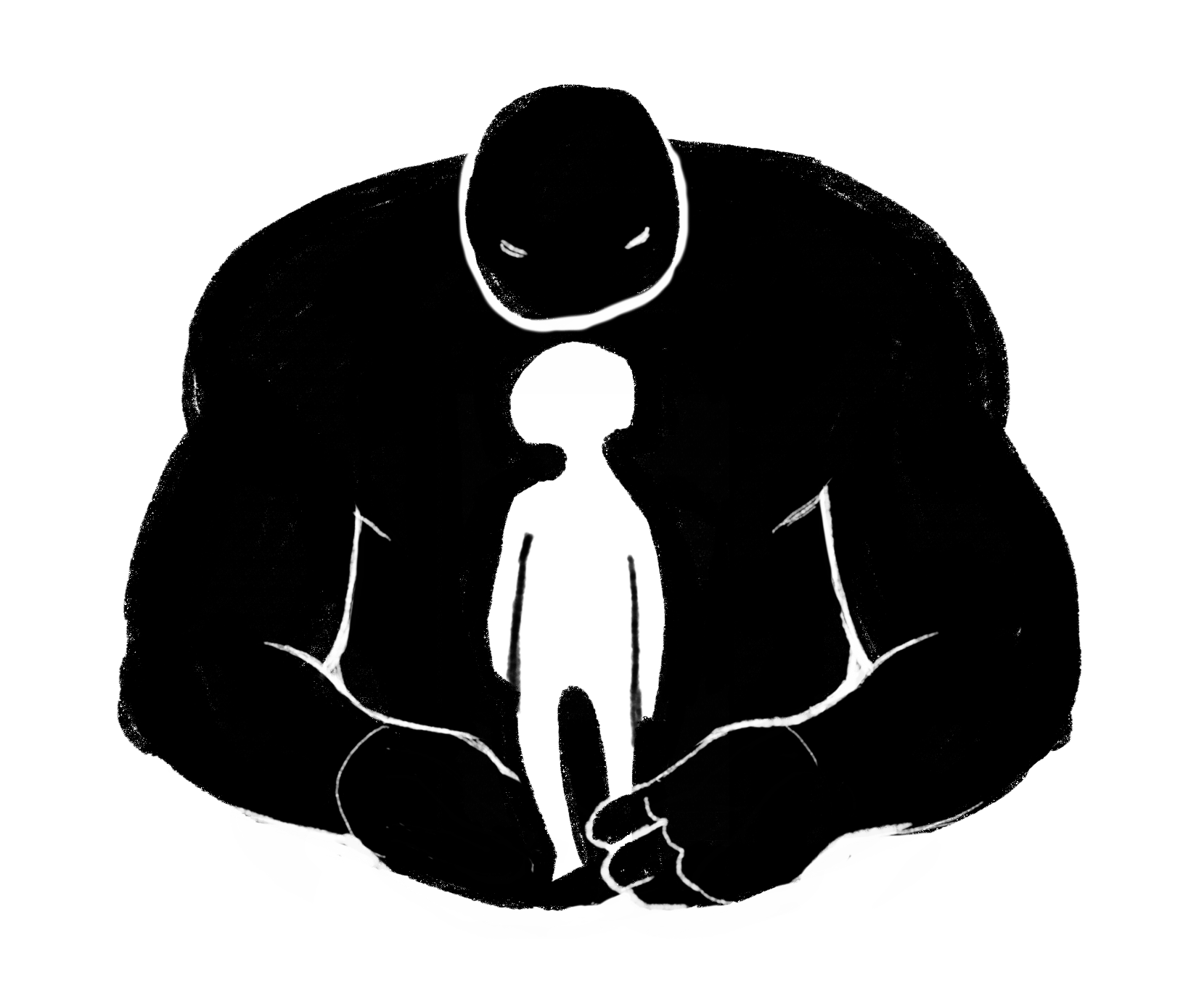
A rare sighting of a cougar in the Lewis & Clark habitat sparked headlines and startled the natural order of the inhabitants living in the small environment. Yet this Puma concolor, known colloquially as “Jane Fonda,” has proved to be one of the less dangerous animals on campus. In honor of the beginning of their most active hunting season, let us take a look at a much more dangerous and much less publicized predator on our campus: the Seniorius predatoria, known colloquially as
That-Senior-That-Hits-On-Freshmen. This creature even outpaces the frenzy of Bon Tender Town and the dangerous nature of Forgetting to Set an Alarm for Class.
Every fall, the Seniorius predatorii come out of their natural dwellings in the Portland area (Sellwood). One can witness them flock during their daily migration, climbing up Palatine Hill in hordes and wildly searching for a parking spot on campus to partake in the mating dance and hunting game of their species.
The Seniorius predatorii are drawn to this area for a marvelous spectacle: freshman mating season. This time of year provides ample feeding grounds for Seniorius predatoria, who take full advantage of this animalistic, savage ritual. The Seniorius predatorii focus their hunt on unsuspecting Fresmanian preyus, easily locating them clutching their Plato’s Five Dialogues in an attempt to protect themselves from the unknown dangers of the college world. Seniorius predatorii can also be commonly seen at the parties of the college student, searching for potential mates. The Freshmanian preyus are easily spotted at these events, going to the bathroom in packs and fiending nicotine off of strangers.
Biologists are still researching what draws these two mates together. It is hypothesized that the Seniorius predatorii are drawn to the unknowing doe-eyed idealism of their younger targets, although others hypothesize that they have just run out of potential mates in their small pool of candidates. Freshmanian preyus, on the other hand, seem to be drawn to the idea of a mature adult relationship, incredibly unaware of the danger of their predator and its kind, ready to call their moms and tell them they have met “the One.”
Once a potential mate is spotted, the courtship ritual begins. The Seniorius predatoria attracts Freshmanian preyus by boasting their access to a car, false sense of superiority and a bed that is bigger than a Twin XL. The newest student, innocent and unknowing, reacts accordingly, hypnotized by the idea of being desired by “someone with experience.” Numbers are exchanged, incredibly public displays of affection are enacted and the most notable marking of a mateship is created: the purple neck stain, proof of premarital consummation.
And as quickly as it starts, the mating dance of the Seniorius predatorium rapidly concludes as the rain begins in November. Once the Seniorius predatoria realizes the dangerous nature of their prey’s infatuation after overhearing their phone call to their mother, they quickly and gracefully end the mating ritual with their infamous end-of-mating-season-call, saying “I just do not want you to get too attached.” The prey has been hunted, and it is time for the Seniorius predatoria to withdraw back to their dens.
Thus marks the end of the Seniorius predatoria’s predatorial season. They begin to retreat back to hibernation off Palatine Hill, traveling back to their former hunting grounds only to teach their former prey just how small the LC habitat really is. Next time mating season comes around, these animals will be replaced by a new batch of Seniorius predatoria and Fresmanian preyus, and the ritual will begin again.
Subscribe to the Mossy Log Newsletter
Stay up to date with the goings-on at Lewis & Clark! Get the top stories or your favorite section delivered to your inbox whenever we release a new issue.

Leave a Reply